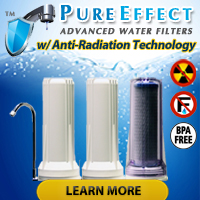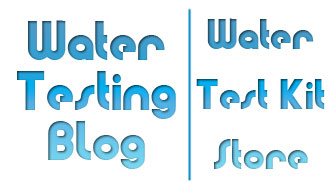Bacteria and Microorganisms in Water
posted by Water Testing Blog on Wednesday, July 30th 2008 under: Bacteria, City Water Test, Home Water Test Kits, Home Water Testing, Max Contaminant Level, Municipal Water Test, Water Quality Testing, Water Test Kit, Water Testing, Well Water Tags: bacteria check, bacteria in drinking water, microorganisms in drinking water, sources of bacteria in drinking water, test for bacteria in drinking water



